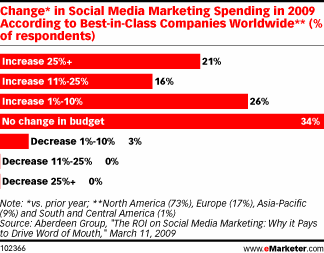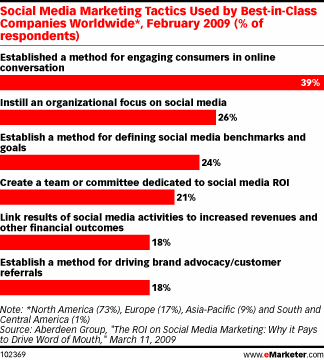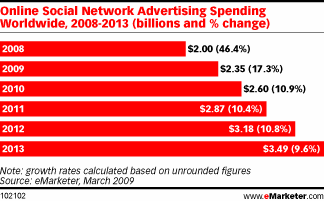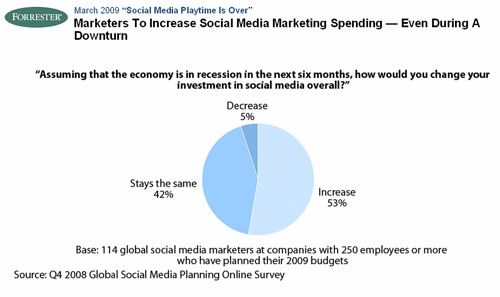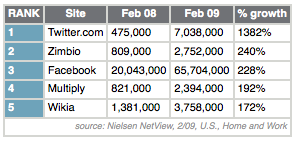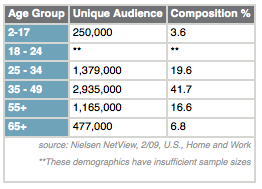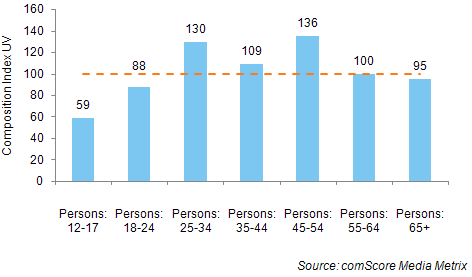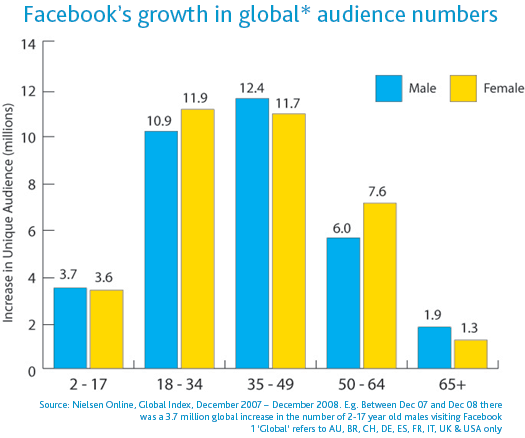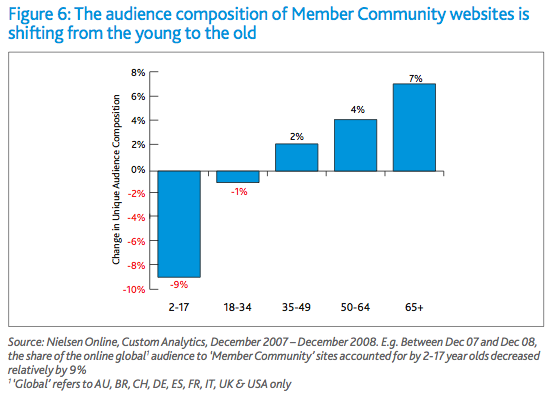Here are my notes for this session. These are the words of the panelists (not mine) as best I could capture them (please forgive the typos).
Building Strong Online Communities
Erin Kotecki Vest BlogHer Inc
Drew Curtis The Member, Fark.com
Alexis Ohanian Prod Mgr of Awesome, reddit.com
Ken Fisher Editor-in-Chief, Ars Technica
Erin: BlogHer is the largest online women’s blogging network. It started as a conference after a flame war about where were the women bloggers. As a community, they decided where to go after the first conference.
Drew: Added comments to Fark in 2000. Prior to that, they didn’t realize that they had an online community. It was mostly organic.
Alexis: Started as a place for people to get news as a community.
Ken: Community started by wanting to replace email with comments to outsource tech support and have others answer questions. Wanted a high signal to noise ratio – Usenet started to become overun with trolls, so they wanted a smaller community to share knowledge, get answers, and retreat from some of the other places online to be a little different.
How do you balance your own vision for the community vs. where the community wants to take it?
Drew: there are so many voices and you have to make sure you are representing what most of the people want vs. what a few vocal complainers want. You have to balance those complaints vs the other comments or traffic. Tyranny of well organized minorities.
Alexis: When it came time to grow, they started to grow the subcommunities, but they were putting a lot of time into creating them, but they found that they could turn it over to users and let them create new ones.
Erin: They bring the community in to vote on conferences, etc. You have to listen to your users.
Alexis: It doesn’t scale when you have one person trying to answer all of the feedback emails, but most of the feedback comes in via email.
Ken: Twitter is a great way to get feedback about the community. Very few people are daily participants. Only 4% of readers visit the forums. Getting feedback is hard. They created a forum where you can post feedback. The benefit is that other members can respond to the feedback, so the company doesn’t have to respond to everyone. You need to care about what your community thinks and be transparent about the feedback. It’s important to give people a place to criticize you outside of specific topics.
How does the community influence or police itself and how did you get there?
Erin: BlogHer is unique because they have strict community guidelines. A safe environment with civil discourse without name calling. Community guidelines are stringent and the members help police each other.
Drew: Don’t be an asshole. They have a nark function where people can nark on each other, but sometimes people self-organize to try to get someone in trouble. The nark throws the comment into a queue where someone takes a look at it. They also lock people out for a specific amount of time for bad behavior – and they log bad behavior to give people a first notice before taking other action.
Alexis: they have a wiki etiquette page for the community. The up and down errors tend to take care of most of the issues, but they have turned most of the control over to the users who have created the specific subsite (moderation, etc.)
Erin: They pull down inappropriate comments and email the member to let them know what they did wrong.
Drew: They pull stuff down & can always reverse it if they made a mistake.
Ken: They don’t moderate any content unless it’s spam. They don’t want anything that might be perceived as censorship and don’t want to abuse the trust of the community by silencing people instead of letting them have a say and a voice.
Erin: Rarely have backlash, since they rarely need to pull anything.
Drew: They permanently ban a bunch of people who have behaved badly. They have a system that prevents people from just signing up again.
Ken: They have a list of rules and if they do moderate, they specify exactly why their comment was pulled. This removes the impression of having a bias or censoring, since they have specific rules about what people can / can’t do. This makes it transparent. They also try to rehabilitate users. Start with a one week ban, then a month, then perma-ban (not quite permanent for those who want to come back). Most won’t come back as a different user, since they don’t want to abandon the identity that they built on the site. They rarely ban (1 a month or so).
Erin: Community guidelines help community managers maintain sanity even during hot times like the election season. It got heated, but it was civil discussion in a respectful manner.
What are some of the big mistakes that community managers make?
Erin: They tell rather than ask. They make changes without getting any input from the community and don’t involve the community in decisions
Drew: Alternate identities to troll users. You don’t want to listen to the community too much during times of change. Give people time to get used to the changes and “get over it”. You have to discount some of the complaints to factor out the external stuff and focus on the things that really should be changed.
Alexis: The vast majority of users are a silent majority. The people who view and consume, but never tell you how they fell. You can reach out to them and at some point you have to trust your gut and make the tough calls.
Drew: If people are still complaining after 2 weeks, they start to make changes.
Ken: Always share the results of surveys and other feedback. It shows what people really think and helps people understand where you are coming from. They started with 3 forums and now have 26 forums. They add them as they were needed. A huge mistake is to create a bunch of subtopics and forums, which makes your community look like a ghost town and reduces participation. It’s really important to start small. When you are managing a community, it can be hard not to let your ego get away from you. They learned not to let the egos get in the way by punishing people and getting vindictive. Can’t get sucked in.
Erin: BlogHer has a great community manager. You need to be patient, levelheaded, calm and neutral to handle people yelling at each other with grace. Need to be able to multi-task and look at many things at once.
Erin: The conferences are community driven, which makes it easier to organize the conference, since the community picks the content.
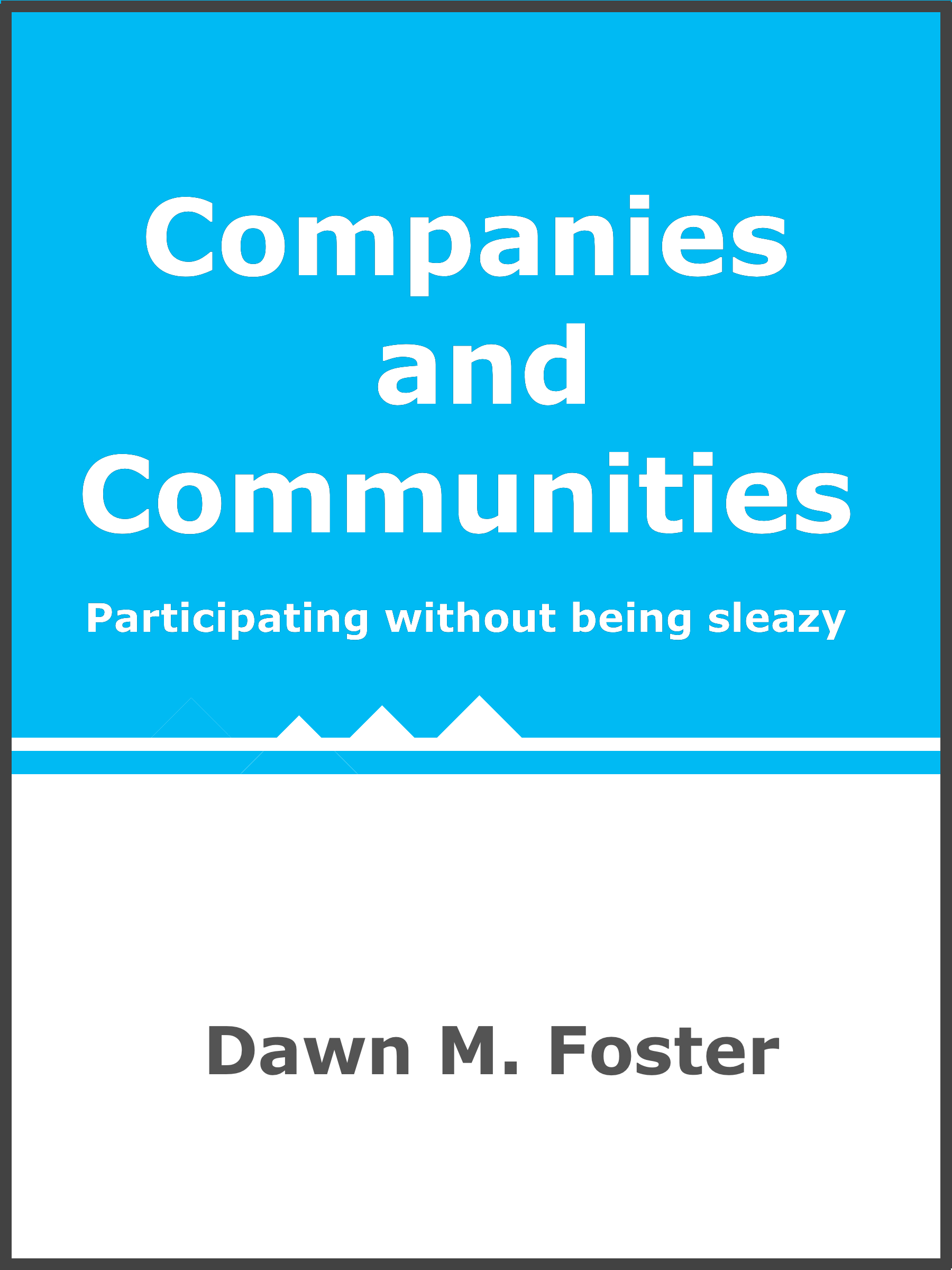 I’m spending the next 3 days at the Community 2.0 conference, so I wanted to offer a discount for anyone wanting to order
I’m spending the next 3 days at the Community 2.0 conference, so I wanted to offer a discount for anyone wanting to order 